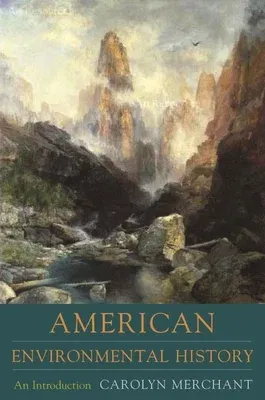By studying the many ways diverse peoples have changed, shaped, and
conserved the natural world over time, environmental historians provide
insight into humanity's unique relationship with nature and, more
importantly, are better able to understand the origins of our current
environmental crisis. Beginning with the precolonial land-use practice
of Native Americans and concluding with our twenty-first century
concerns over our global ecological crisis, American Environmental
History addresses contentious issues such as the preservation of the
wilderness, the expulsion of native peoples from national parks, and
population growth, and considers the formative forces of gender, race,
and class. Entries address a range of topics, from the impact of rice
cultivation, slavery, and the growth of the automobile suburb to the
effects of the Russian sea otter trade, Columbia River salmon fisheries,
the environmental justice movement, and globalization. This illustrated
reference is an essential companion for students interested in the
ongoing transformation of the American landscape and the conflicts over
its resources and conservation. It makes rich use of the tools and
resources (climatic and geological data, court records, archaeological
digs, and the writings of naturalists) that environmental historians
rely on to conduct their research. The volume also includes a compendium
of significant people, concepts, events, agencies, and legislation, and
an extensive bibliography of critical films, books, and Web sites.

